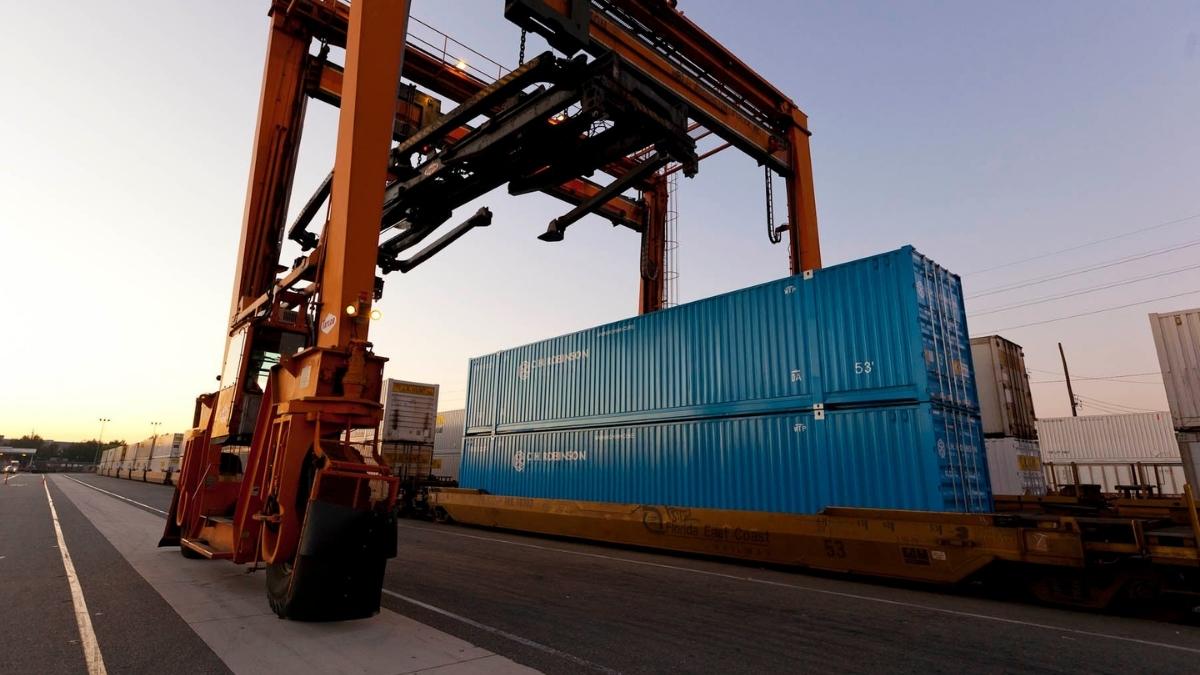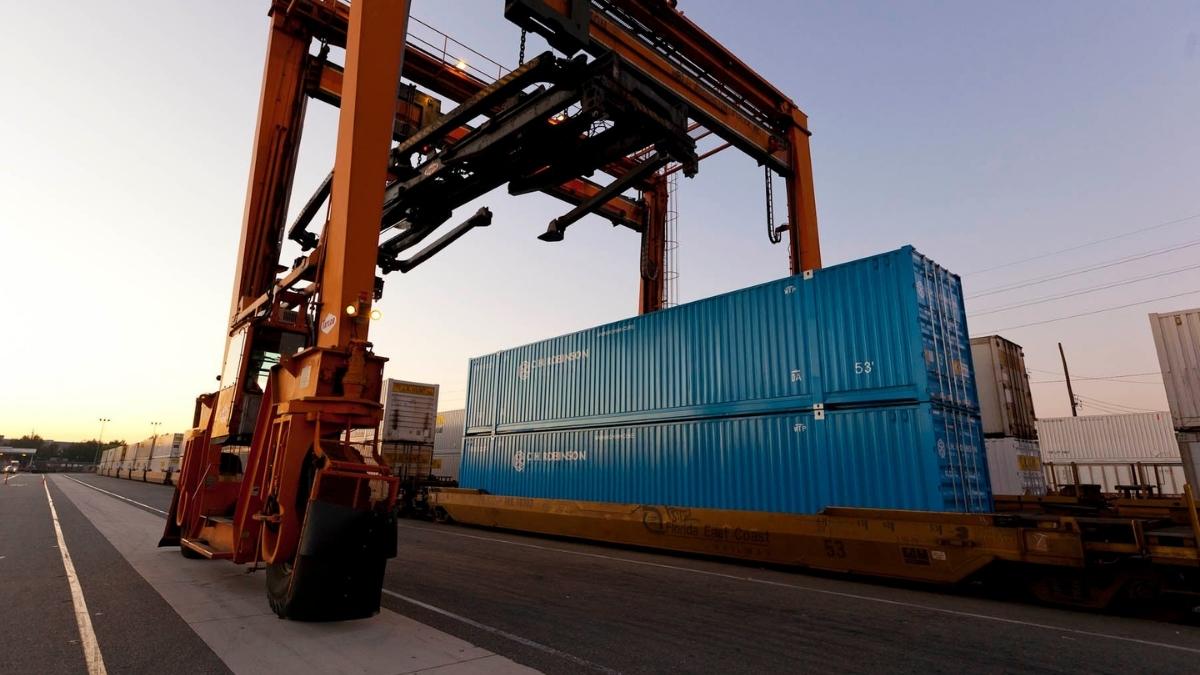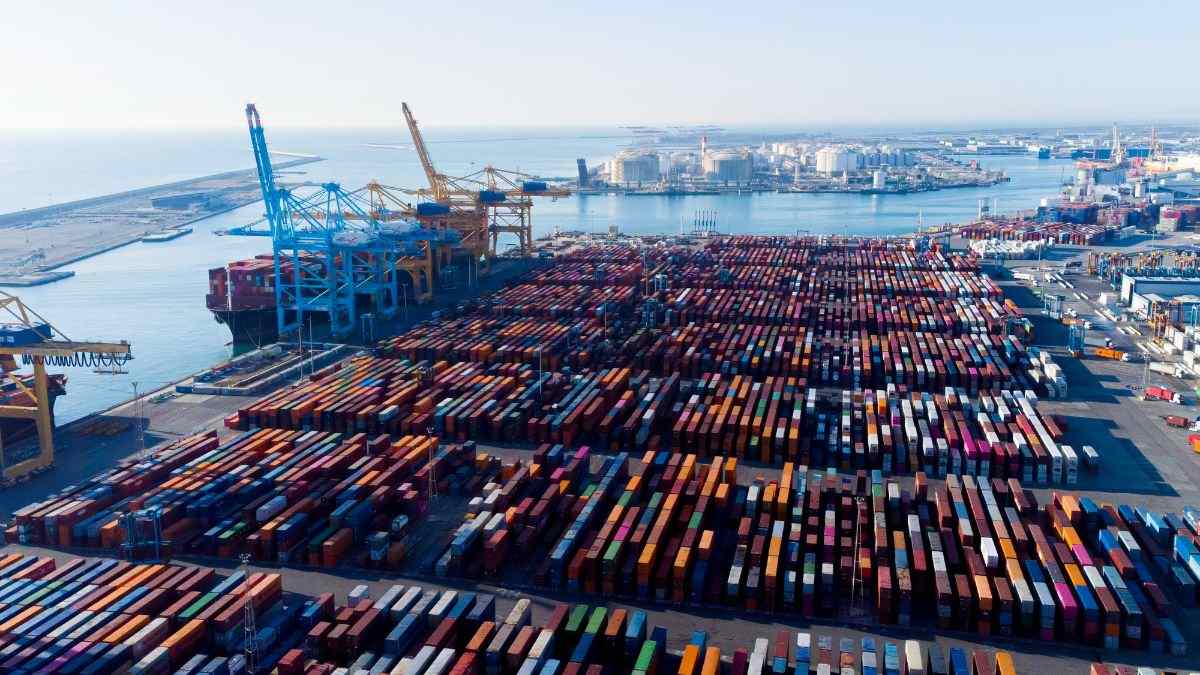
With the 2025 holiday shipping season in full swing, small and medium-sized businesses (SMBs) across North America are navigating rising uncertainty. Consumer spending is fluctuating, tariff and compliance rules continue to evolve, and global trade tensions are making it harder to forecast demand and cost. In this kind of environment, every logistics decision—and every transportation dollar—carries more weight.
But forward-thinking SMBs aren’t just reacting. They’re proactively building resilience into their freight strategies. One increasingly powerful way they’re doing this? Intermodal freight.
Why intermodal freight is gaining momentum for SMBs
Intermodal shipping—moving freight using multiple modes like truck and rail under a single container and contract—has long been associated with larger enterprises. But today, SMBs are leveraging it as a strategic lever to improve cost control, capacity access, and network flexibility.
When integrated into a broader logistics strategy, intermodal can help SMBs:
- Reduce transportation costs over long hauls
- Avoid truckload capacity crunches during peak demand
- Embrace more sustainable shipping practices
- Increase routing flexibility when disruptions emerge
- Build long-term resilience into their supply chain
The core challenges SMB shippers face today
Unlike large enterprises with deep transportation budgets and in-house logistics teams, SMBs often face unique challenges:
- Tighter margins: Securing cost stability is critical when transportation spend directly impacts cash flow.
- Capacity disadvantage: Competing with bigger brands for space—especially during peak season—can lead to pricing spikes or delayed transit.
- Rising operational complexity: Tariffs, regulation shifts, and changing transit timelines add stress to limited internal teams.
Intermodal provides an opportunity to mitigate these challenges without requiring a complete network overhaul.
Turning intermodal into a strategic advantage
Intermodal isn’t just a backup option when trucks are unavailable—it’s a proactive strategy for SMBs looking to stretch budgets and gain greater control.
Here’s what shippers gain:
- Cost efficiency: Intermodal can reduce linehaul costs, especially on lanes over 700 miles, often saving hundreds per load with only modest transit time extensions.
- Capacity confidence: Access to rail networks helps SMBs bypass seasonal truckload volatility.
- Sustainability: Moving freight by rail can significantly reduce emissions, helping SMBs meet customer and compliance expectations.
- Market resilience: When truckload rates spike, intermodal offers a consistent alternative and increases leverage in carrier negotiations.
Why the right logistics partner makes the difference
While intermodal offers compelling advantages, SMBs often need support navigating availability, routing, transit time variability, and coordination between providers. That’s where a partner like C.H. Robinson can simplify execution and maximize results.
We help SMB shippers confidently integrate intermodal into their broader strategy through:
- Access to nearly 100,000 containers, supporting equipment availability even during high-demand cycles
- Strong relationships with every major North American railroad
- Integrated drayage, transloading, and warehousing options for end-to-end continuity
- Route optimization technology that identifies cost-effective intermodal alternatives
- Mode conversion support to easily switch between truckload and intermodal when freight market conditions shift
Watch our intermodal video:

Ready to explore whether intermodal fits into your strategy?
If your business is looking to improve cost predictability, access more consistent capacity, or build long-term supply chain resilience, intermodal may be the next best step in your optimization journey.
Our intermodal specialists work specifically with small, midsize, and growing businesses to evaluate fit, ease onboarding, and ensure seamless coordination across every stage.
Let’s explore how intermodal can support your cost, capacity, and resilience goals this season—and beyond.



